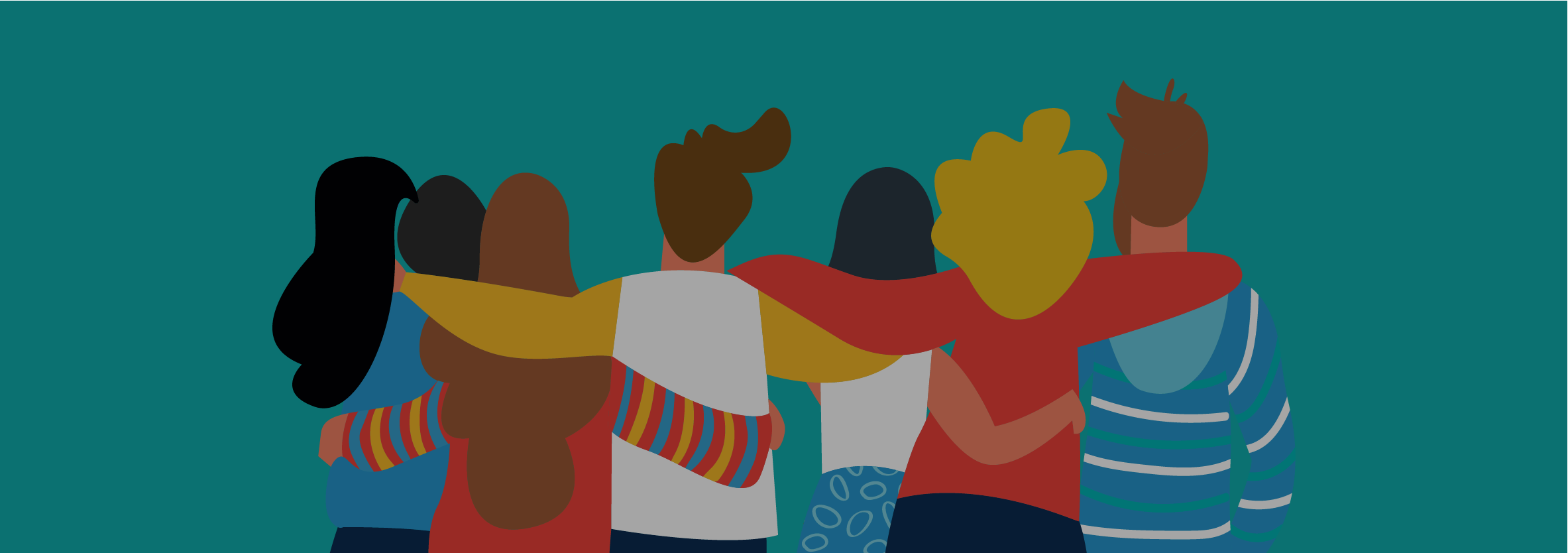Diversity refers to the differences among individuals in society, including but not limited to race, ethnicity, culture, religion, gender, sexual orientation, age, ability, socioeconomic status, and education. These differences can impact how individuals experience and perceive the world, as well as how they may be treated by others. In the field of counselling and helping, it is important to recognize and understand the diverse backgrounds, needs, and perspectives of clients in order to provide effective and culturally sensitive support.
One area of diversity in counselling and helping is cultural differences. Culture influences how individuals think, feel, and behave, and it can also shape their beliefs and values about mental health and seeking help. For example, some cultures may view seeking therapy as a sign of weakness, while others may view it as a proactive step towards self-improvement. It is important for counsellors to be aware of these cultural differences and to approach clients with an open and non-judgmental attitude. This may involve learning about the client's cultural beliefs and values, as well as being aware of the potential impact of power dynamics between the counsellor and client.
Another area of diversity in counselling and helping is diversity in terms of gender and sexual orientation. These aspects of identity can impact how individuals experience and express their emotions, as well as how they may be treated by others. For example, individuals who identify as LGBTQ+ may face stigma and discrimination, which can lead to higher rates of mental health concerns such as depression and anxiety. It is important for counsellors to be knowledgeable about the unique challenges and strengths of LGBTQ+ individuals, and to provide a safe and welcoming environment for clients to explore their identity and emotions.
Age is another area of diversity in counselling and helping. Different age groups may have different life experiences, challenges, and goals, which can impact how they perceive and cope with mental health concerns. For example, older adults may face age-related changes, loss, and social isolation, while younger individuals may be navigating the challenges of development and identity formation. It is important for counsellors to be aware of these age-related differences and to tailor their approach to the specific needs and goals of the client.
Diversity in terms of ability is also an important consideration in counselling and helping. Individuals with disabilities may face unique challenges and barriers in accessing mental health services, as well as stigma and discrimination in society. It is important for counsellors to be aware of these challenges and to work with clients to identify and address any barriers to accessing care. This may involve adapting counselling techniques and resources to meet the specific needs of the client, as well as advocating for the rights and needs of individuals with disabilities.
In conclusion, diversity in counselling and helping refers to the many differences among individuals, including cultural, gender and sexual orientation, age, and ability. It is important for counsellors to recognize and understand these diverse backgrounds, needs, and perspectives in order to provide effective and culturally sensitive support to clients. By acknowledging and respecting diversity, counsellors can create a welcoming and inclusive environment for clients and work towards promoting mental health and well-being for all.








